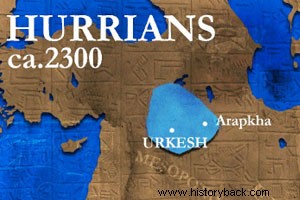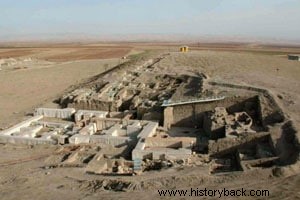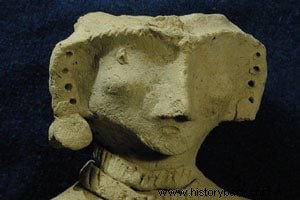Ancient people settled since the middle of the third millennium BC. in the foothills bordered by the eastern Taurus chain and the northern Zagros mountains, in upper Mesopotamia.
Their language, as in the case of the Sumerians and the Elamites , did not belong to the Semitic or Indo-European group.
In the period of the ancient bronze they expressed one of the main cultures of the Anatolian-Middle Eastern area, and on the political level they organized themselves into a series of city-states.
In the first half of the 2nd millennium BC they were largely reabsorbed by Indo-European and Semitic peoples, who imposed themselves for a stronger social organization and for a greater numerical consistency.
In the second half of the century. XVI BC the major political body Hurrian flourished , the Kingdom of the Mitanni that at the end of the sec. XV BC the Assyrians subdued , until their release by Ashur-uballit I .
After conquering other eastern regions besides Assyria, they were defeated around 1365 BC by the Hittites , which however they influenced in the artistic and religious fields.
The Hurrian culture is presented as a meeting point between Mesopotamian-Babylonian and Indo-European cultures.
Hurrian society is based on a feudal organization .
The polytheistic religion is mainly based on the deity Teshup (god of storms) and the goddess Khepa (goddess of the sun)
Urkesh , city of the Hurrians
Urkesh it was once an important city of the Hurrian kingdom , considered the abode of the divinity of the early days. Little was known about the city and the mysterious Hurrian civilization , because Urkesh was buried by the desert sand .
In the 1980s, archaeologists discovered Tell Mozan , a tumulus that hid the remains of an ancient palace, a temple and a square.
A few decades later the researchers were able to state with certainty that the tumulus of Tell Mozan it was the lost city of Urkesh . The site covers an area of 130 hectares. Urkesh it was located in what is now Northern Syria , close to the border with Turkey and Iraq .
Its period of maximum splendor was between 4000 and 1300 BC and it was an important political and religious center of the Hurrians , located on the trade route between Anatolia and the cities of Syria and of Mesopotamia and well connected to the Mediterranean and the mountains of Zagros , in western Iran .



